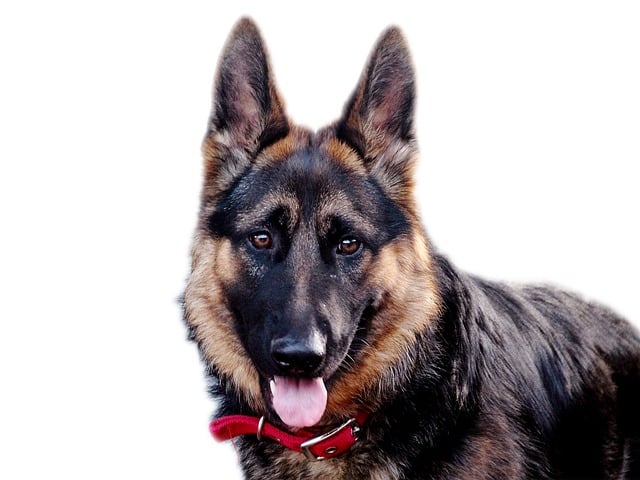
How can I tell if my dog's heatstroke is serious
Let’s be real: It’s a sticky August morning in Los Angeles, and you took your 2-year-old Golden Retriever, Max, for a walk a little later than usual
You’re cuddling with your new pup on the couch when you notice them tilting their head, pawing at their ear like something’s bugging them. Their ears smell a little waxy, and you want to help—but you don’t have commercial ear cleaner at home. Can you clean their ears safely without special solution? For new dog owners in the US and Europe, this is a common question, and the good news is: yes, you can, with gentle, household methods.
First, let’s talk about why ear cleaning matters. A dog’s ear canal is shaped like a tiny L, which traps dirt, wax, and even moisture from rain or baths. Over time, this buildup can lead to irritation or infections, especially in floppy-eared breeds like Cocker Spaniels or Beagles, who air circulation in their ears is limited. Wax is normal—it protects the ear—but too much can block airflow, creating a cozy home for bacteria. Cleaning isn’t about removing all wax; it’s about wiping away excess gunk to keep things balanced. Think of it like brushing your own teeth: you don’t scrub away all natural oils, just the buildup that causes problems.
So how to do it without solution? Start with the right tools: soft, undyed cotton balls (never Q-tips—they push debris deeper) and lukewarm water. Wet a cotton ball just enough to dampen it—you don’t want drips. Gently hold your dog’s ear flap up with one hand to straighten the canal a little. With the other hand, use the damp cotton ball to wipe the visible parts of the ear canal opening and the outer ear. Focus on areas you can see—don’t reach into the dark inner canal. If your dog pulls away or flinches, stop for a minute, offer a treat, and try again. Short, calm sessions work better than long, stressful ones—positive reinforcement, like a tiny peanut butter treat after, helps them learn to relax.

For extra stubborn wax, a warm, damp washcloth (wring it out thoroughly) can work. Rub it gently over the ear’s outer surface in circular motions—this loosens wax without irritation. Pay attention to your dog’s cues: if they shake their head or whine, take a break. Never use soap, vinegar, or other household cleaners—they can dry out or irritate sensitive ear skin. And if you see redness, discharge, or your dog seems in pain, skip the home cleaning and call the vet—those are signs of an infection that needs professional care.
In the US and Europe, keeping your dog healthy means more than clean ears. Legally, up-to-date vaccinations (rabies is mandatory in most states and EU countries) are required—keep records in a safe place, as dog parks or groomers may ask to see them. When out for walks, always carry poop bags; cities like Denver and Barcelona fine owners $50 or more for leaving waste behind, even in grassy areas. If you live in an apartment, stick to daytime cleaning sessions to avoid disturbing neighbors, and keep a small trash bin handy for used cotton balls to prevent odors.
Culturally, remember that patience beats frustration. If your dog squirms during ear cleaning, never scold or hold them too tightly—instead, pause, offer a treat, and try again later. Positive reinforcement (think extra pets or their favorite chew) helps them associate ear care with good things. At community parks, keep your pup leashed until you’re in designated off-leash areas, and always ask before letting them approach other dogs—good manners make every interaction nicer, for you and your furry friend.

Let’s be real: It’s a sticky August morning in Los Angeles, and you took your 2-year-old Golden Retriever, Max, for a walk a little later than usual

You're enjoying a summer afternoon at the park when you notice your dog has stopped panting and appears disoriented - their gums are bright red

Let’s paint the picture: You’re in your Denver apartment, watching your 4-year-old Boston Terrier, Ruby, plop down mid-play session with her favorite toy

Many dog owners notice their pets nails seem shorter after regular walks,but how much does this daily activity actually help?The answer depends on where you walk—concrete sidewalks or asphalt streets gently file nails as a dog's paws hit the ground

Most dog owners notice their pup scooting across the carpet at some point, but few connect it to impacted anal glands. These small sacs near a dog’s rectum secrete a scent for marking territory

Most vets agree that regular dog teeth cleaning is key to avoiding painful dental issues later. For healthy adult dogs, a professional cleaning at the vet’s office every 12 to 18 months usually works well.